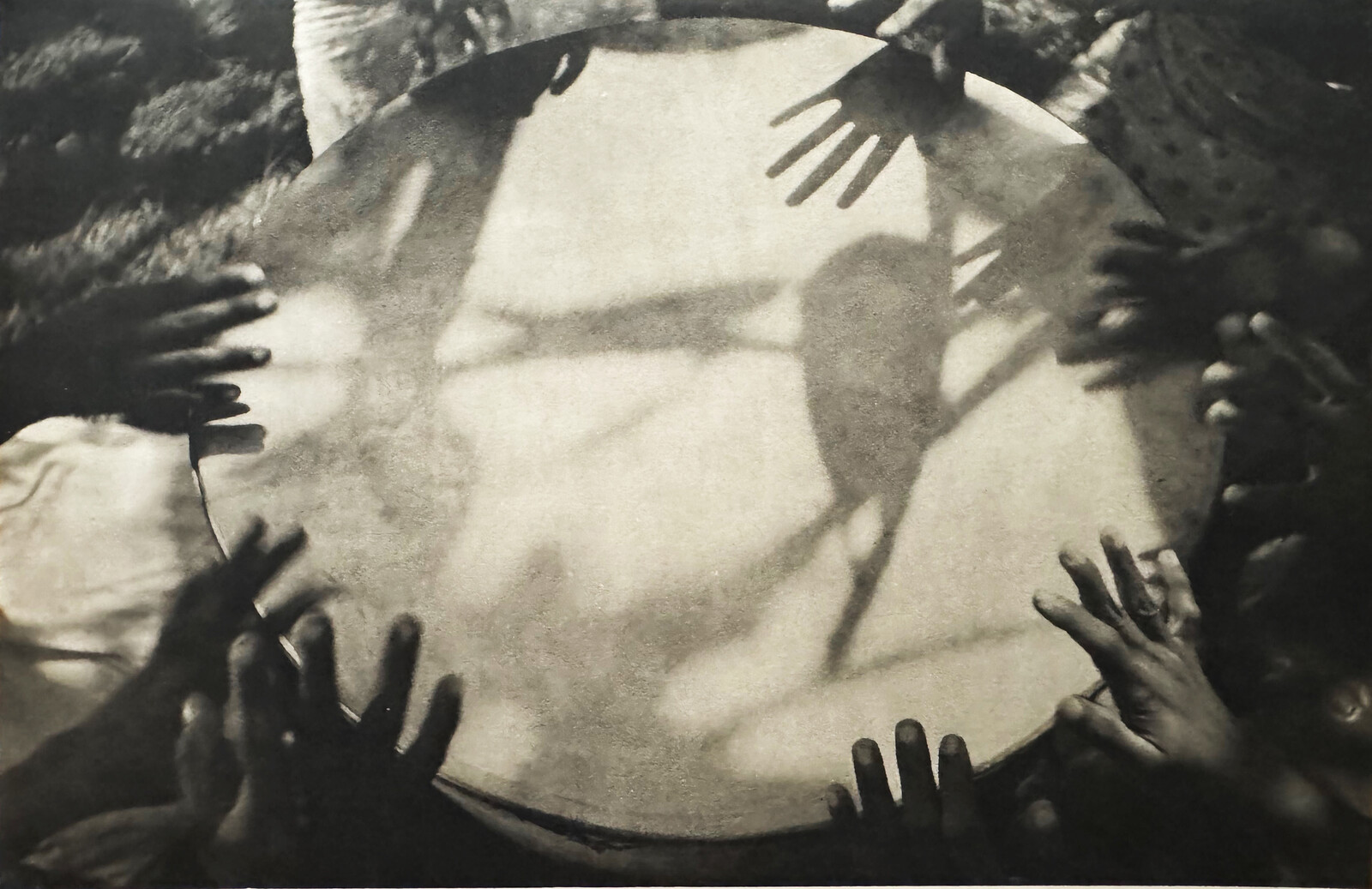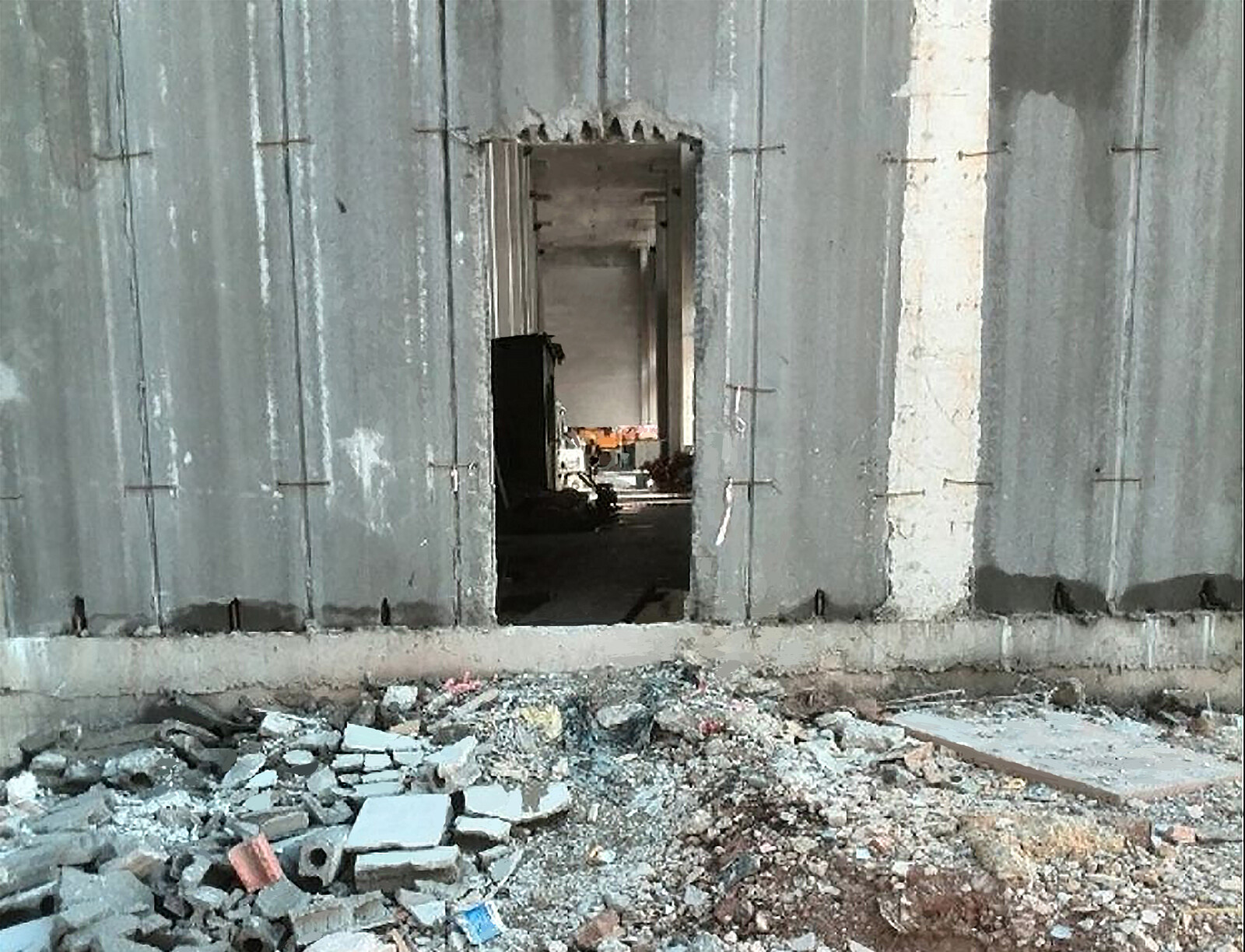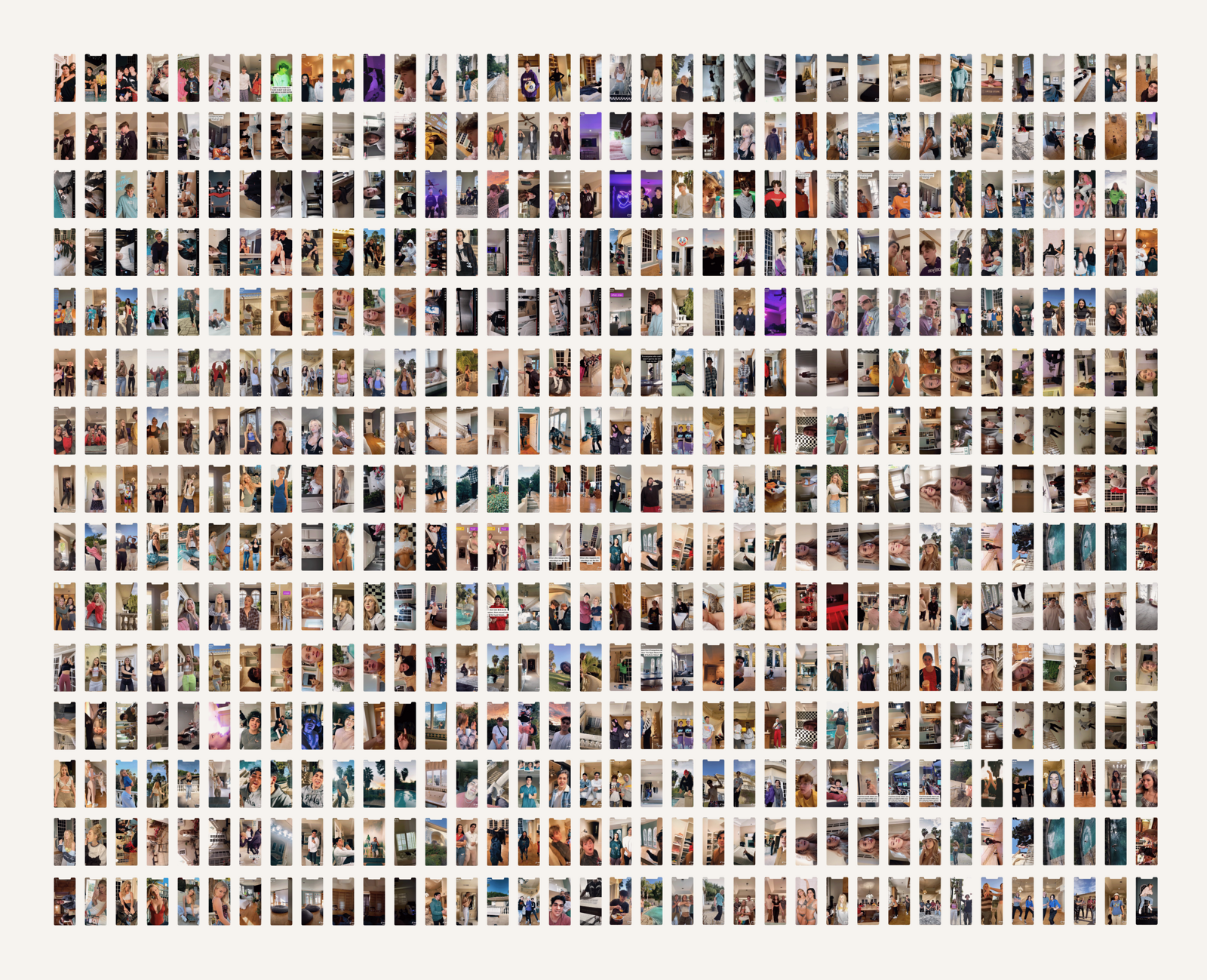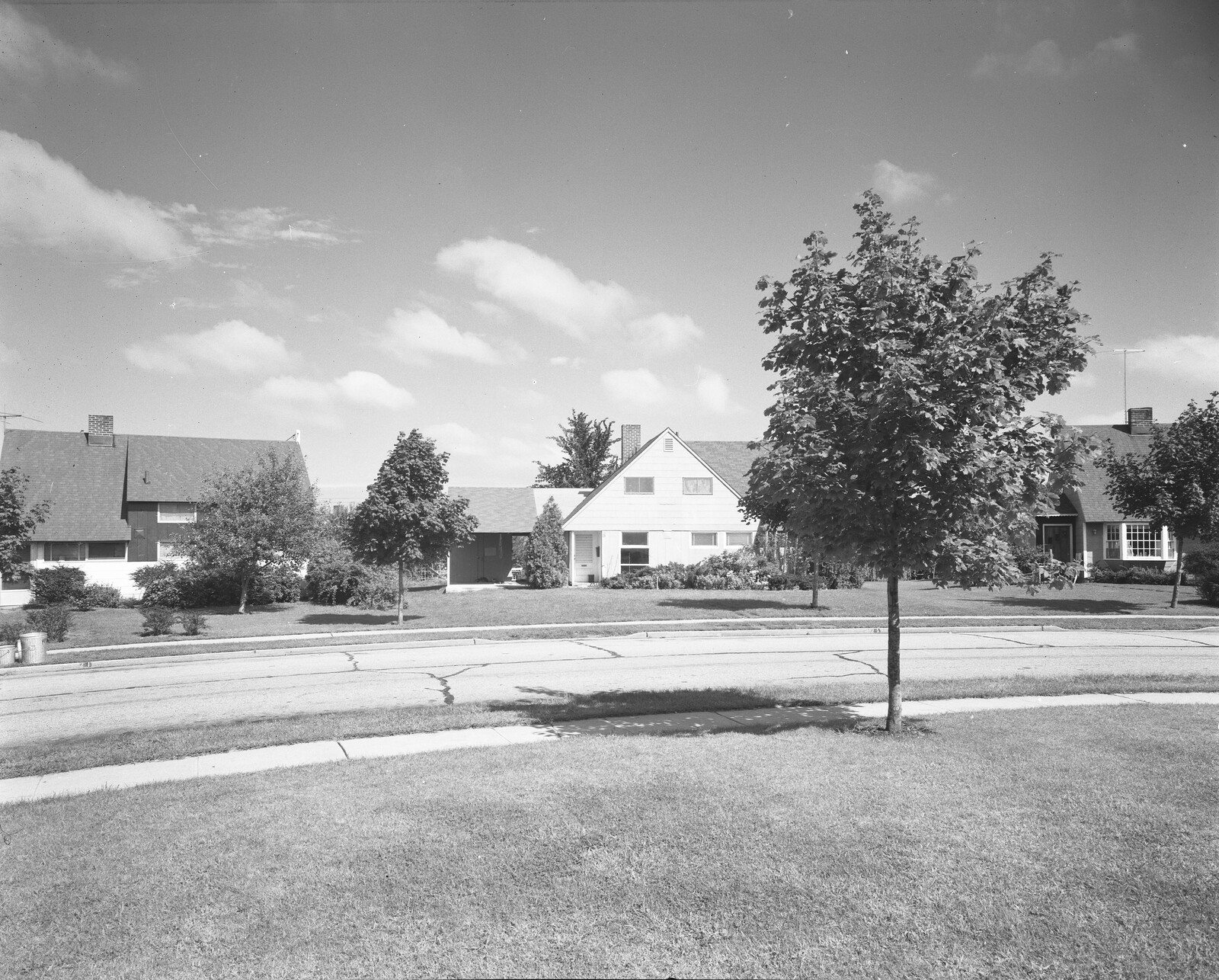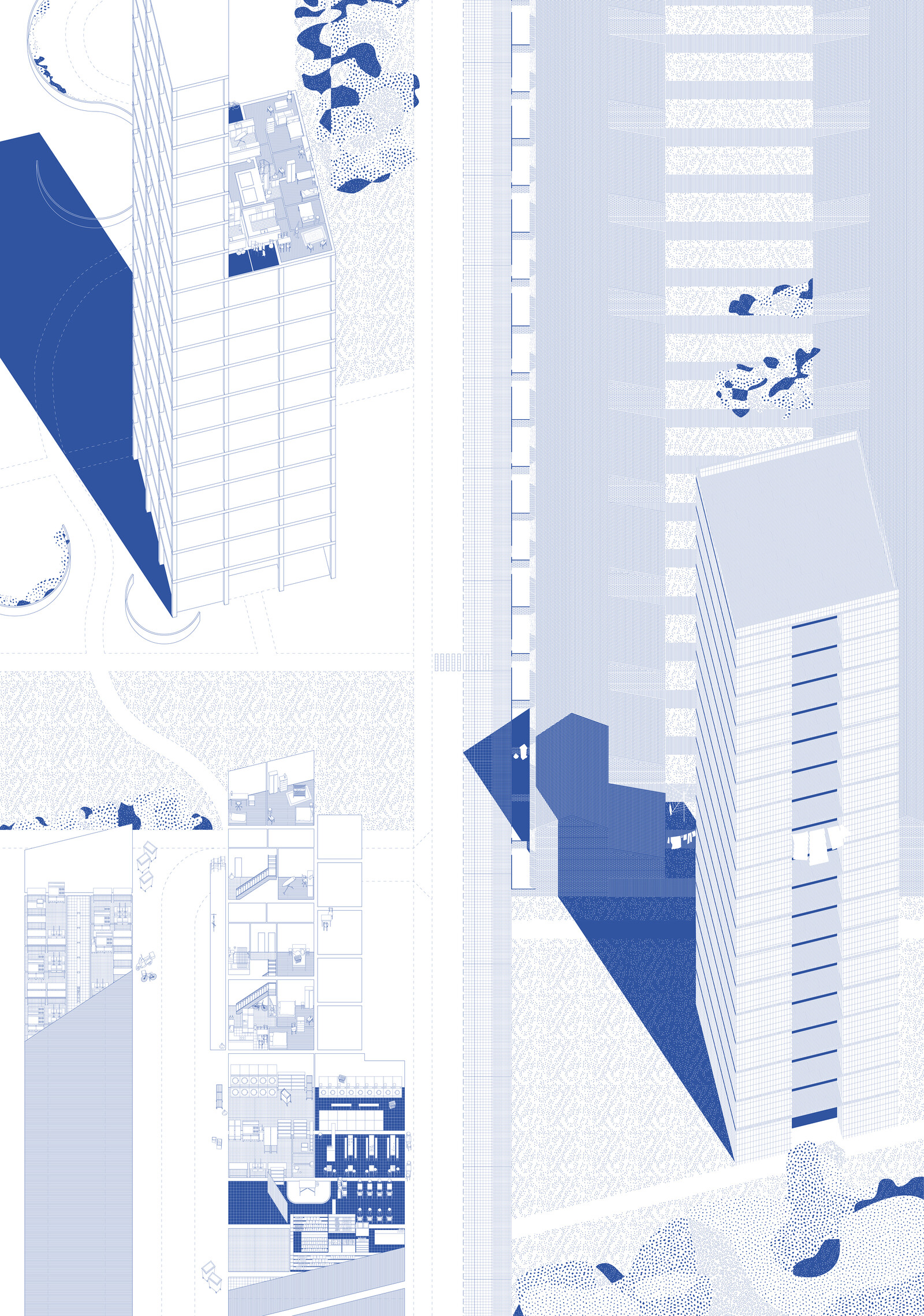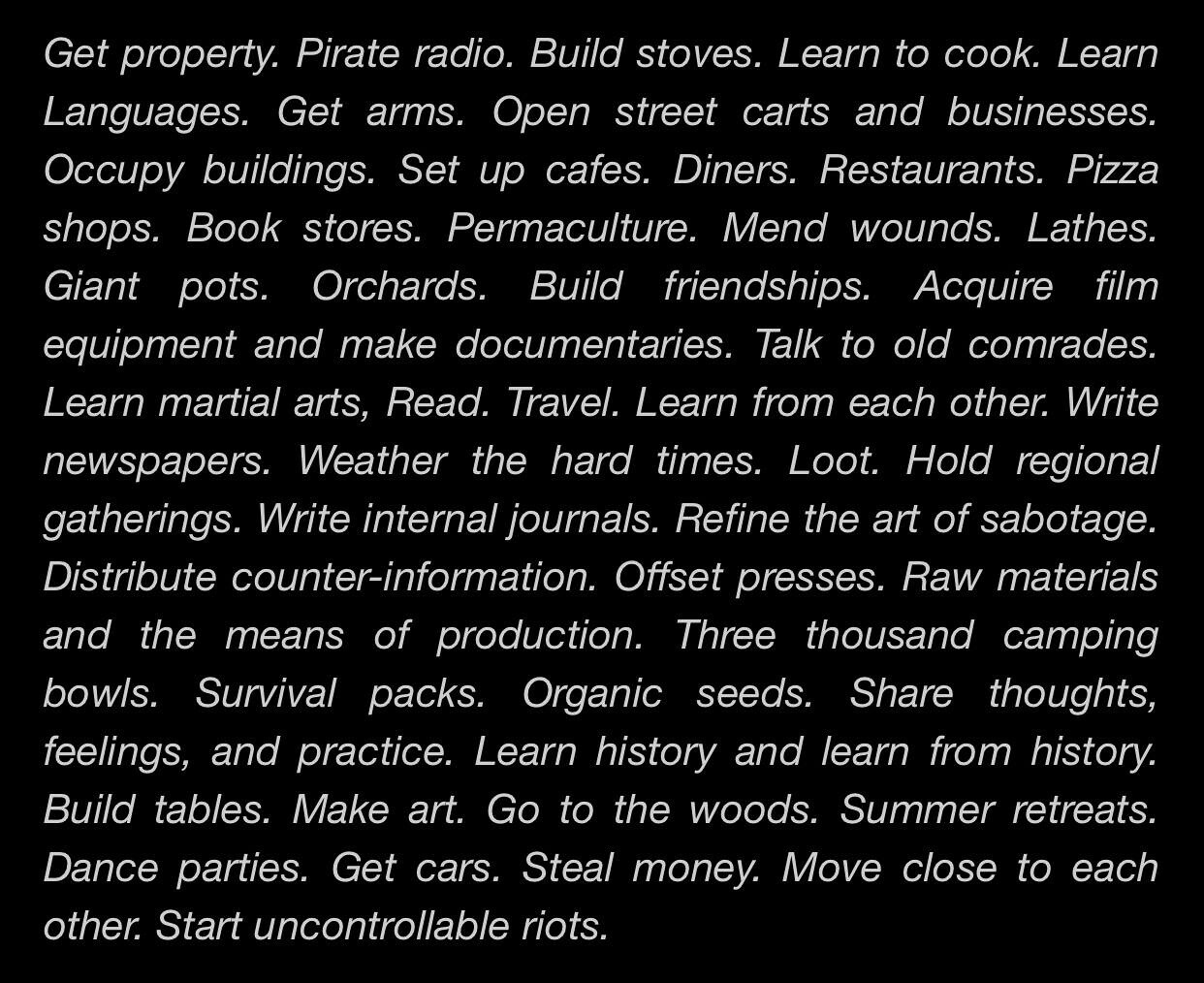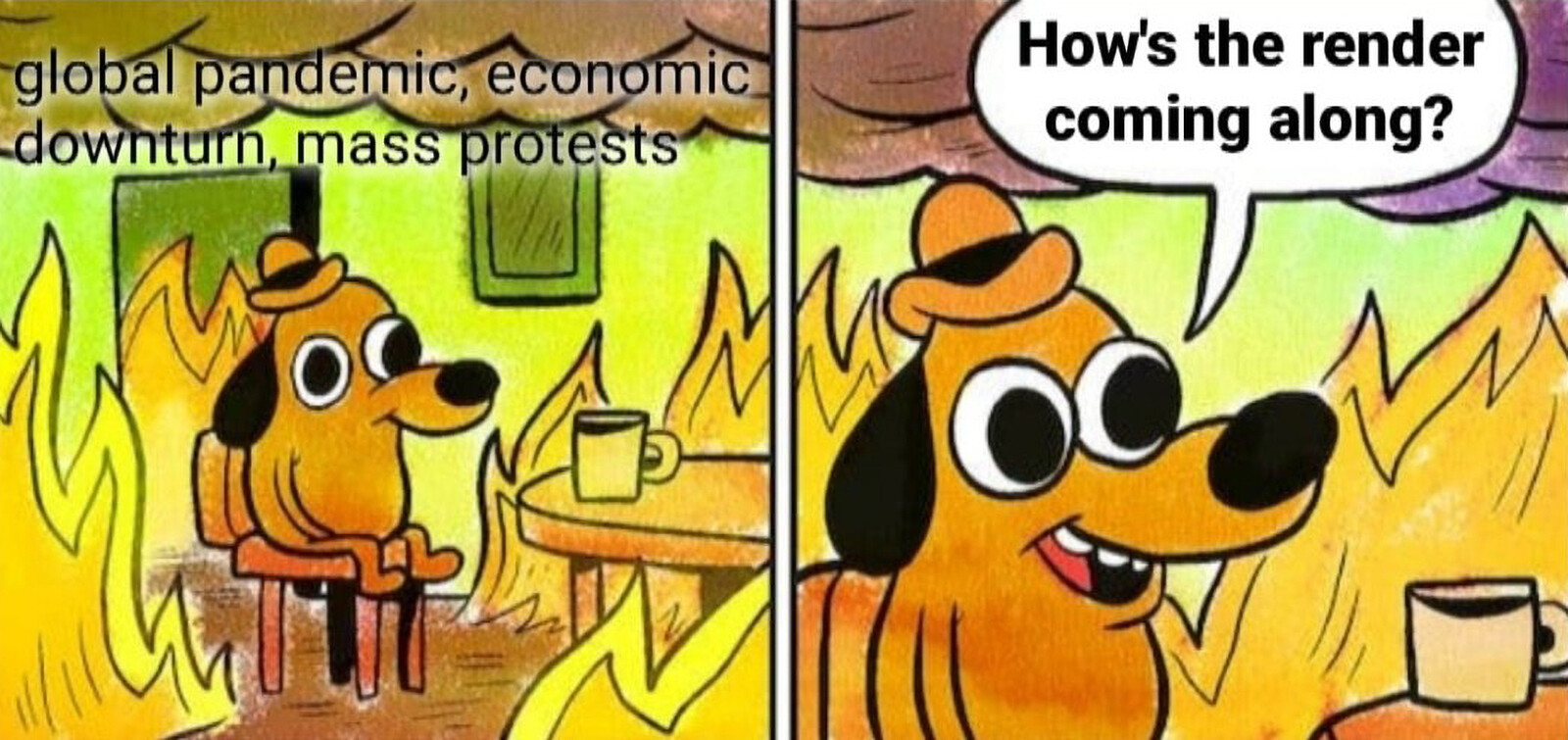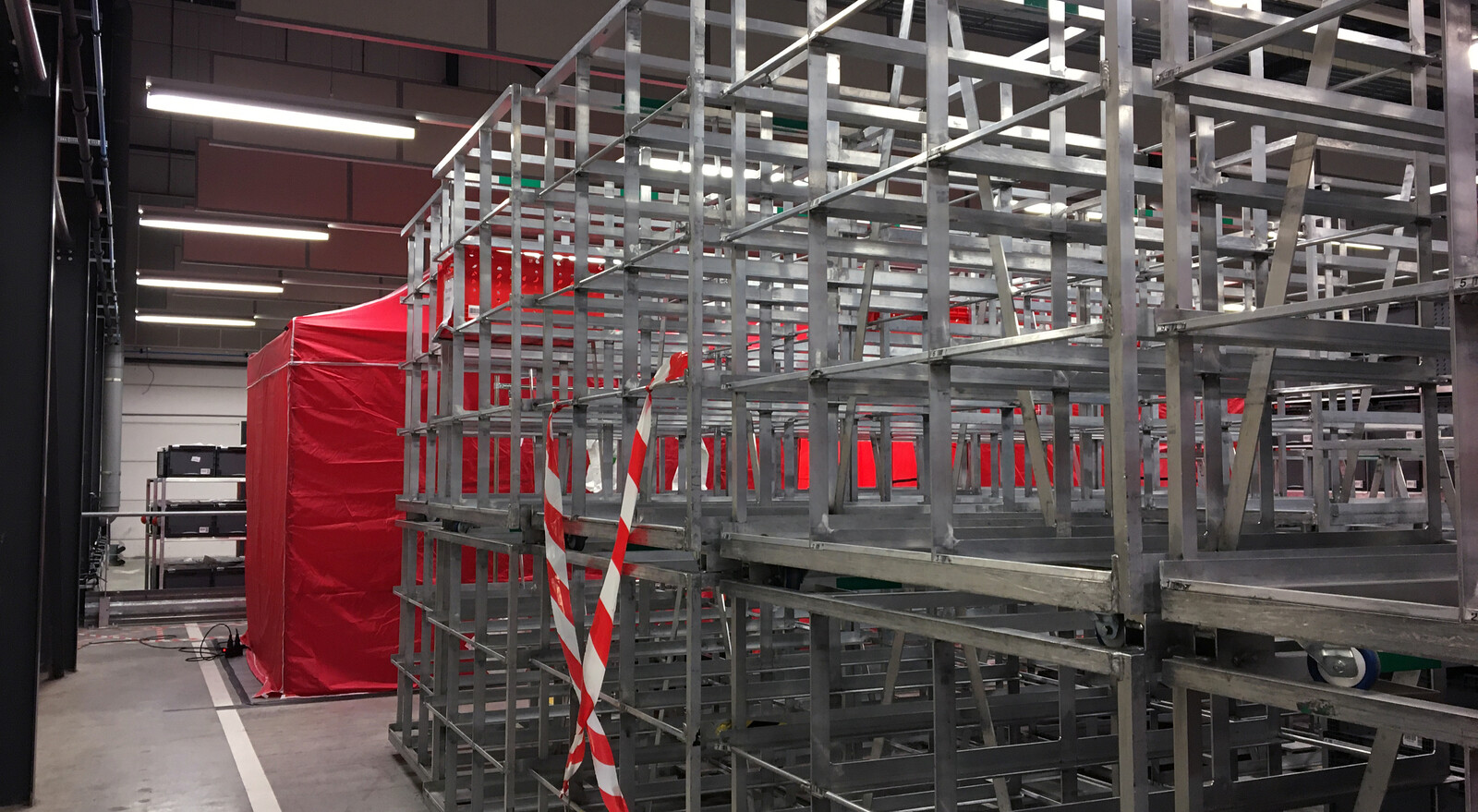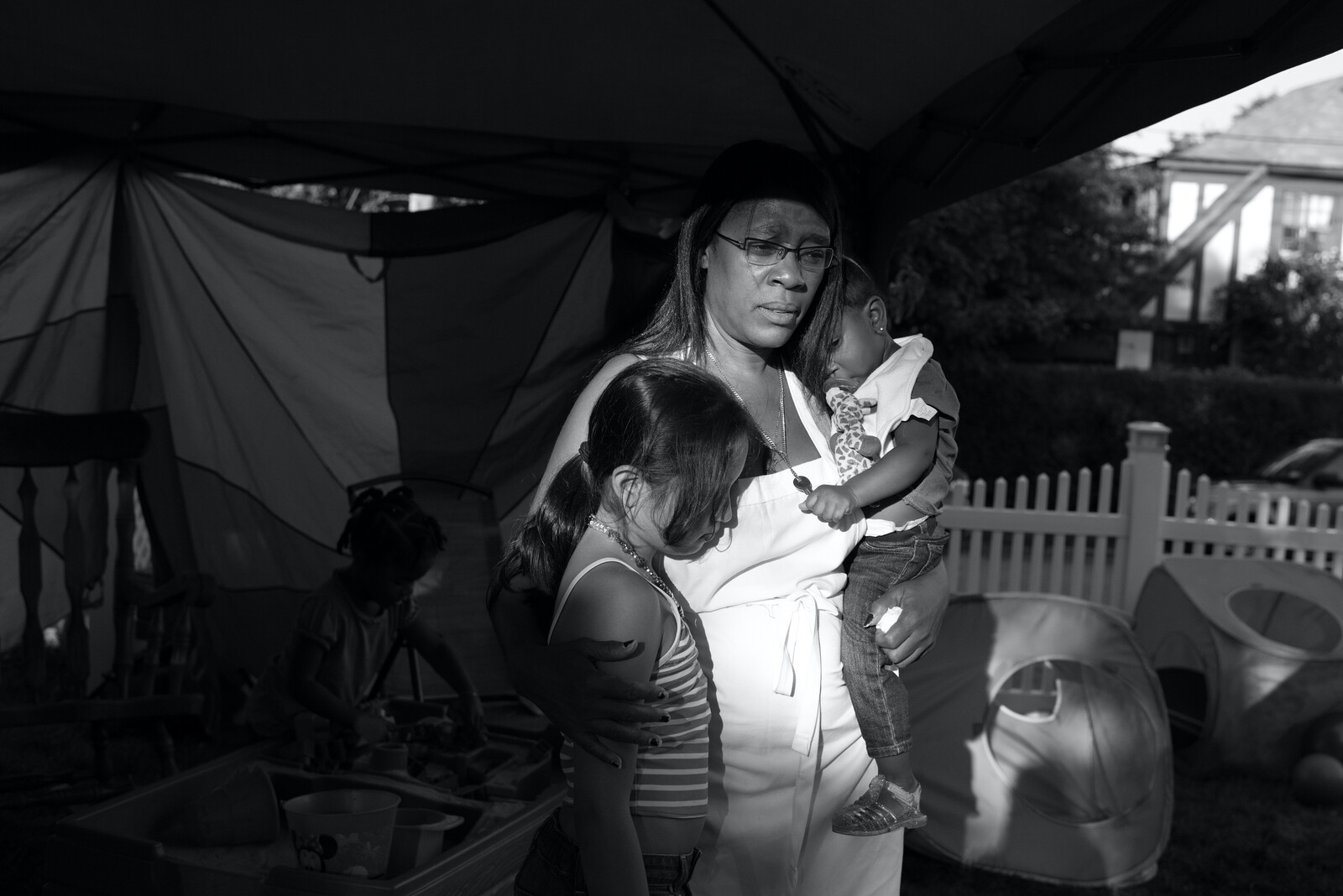In the context of contemporary forms of labor, “production” is often discussed and glamorized. But what is overlooked is the exhaustion that follows it: the times of fatigue, procrastination, or anxiety. Society celebrates success, extrovertism, and ecstasy, but does not see silence, isolation, or slowness as part of the same reality. “Home” is at the center of it all; a thick site of production and reproduction. But despite the traditional association of home with resting and comfort, it is also the locus of struggle. It drives us mad, but also comforts us. It marks the wide and radically diverse range of everyday practices: breakdowns, exhaustion, withdrawal, intimacy, kinship, comfort. We spend days fatigued in our beds. We cry in the shower. We make kin at the dinner table.
Industrialization, institutionalization, individualization, and (neo)colonization have shaped contemporary forms of life in such a way that there is little division between what is considered productive work and all other practices of living. There is no fixed timeframe or place for work; few employment contracts encompass pre- or post-office-hour labor activities such as checking emails on the bus or hanging out after work for a few drinks to network. In the current neoliberal racial-capitalist global condition, forms of life are not systematized based on the separation of work and life, but on their fragmentation and blending. To imagine alternative practices of existing in the world, we have to reclaim life. But we cannot simply exclude work.
1. The Predictability of Precarized Life
The home today is a product of the development of (Western) thought on the universality of forms of living in the post-industrial era. It derives from spatial archetypes developed in the early twentieth century as a result of architectural attempts, social justice movements, and regulatory frameworks responding to the capitalist housing crises of the time. But it was only in the face of epidemics, poor urban hygiene, and the demise of worker populations in the beginning of the century that the corporeal wellbeing of the people became a concern for reluctant European states. In her memoir, the Dutch suffragette activist Aletta Jacobs recounts her visits to the Jordaan neighborhood in Amsterdam:
Through my free consultations in the Jordaan, I came into close contact with the capital’s poor and neediest. When the women or children were too ill to come and consult me, I often visited them at their homes. What misery I witnessed there! What struck me more than the terrible poverty of so many families was the disgraceful housing conditions in many of the city’s poorer districts. How was it possible that people could live in such hovels? Why did the government allow these abuses to continue?1
Across Western Europe, such observations, documentations, and articulations of crises on the ground by suffragettes and socialist elites not only resulted in the states’ realization that the health crisis is entangled with the survival of the state’s own wealth and health, but also made way for the crisis to be partly understood as an issue of space. It thus became the state’s task to house the collective body. Hardly affordable within its existing spatial and socioeconomic paradigms, however—even with the wealth accumulated from colonial trade and slavery—it was necessary to create a new model.2 Whether through direct commission or with their sights set clearly on the state, modern architects in the 1920s and 1930s intensely debated and developed the notion of existensminimum for the “servant-less” population.3
In order to understand the existence of the worker subject and its supposedly minimized needs, elite architects started studying and mapping the lives of the heteronormative family of the “living income earner.” Dutch architect Mart Stam, for instance, created twenty-four-hour timelines for each member of the typical working-class family, and demonstrated the separation of work from home and the absence of the ones who perform it (here, the father). Stam’s daily schedule maps the times when each family member is either in or out the house, when they are commuting, and when and where they eat. To do this, he uses different linetypes to communicate the difference between production, reproduction, and leisure time. Time spent outside the house, including the father going to work and children going to school, is left blank, while time spent at home by the mother and an infant is marked with a dashed line. Thick lines demonstrating eight hours of sleep for both mother and father extend into two completely different linetypes: one into blankness and the other showing a (dashed) continuity.
Stam concludes his research focusing mostly on the absence of the father (the “breadwinner”). He states that when father is not home to eat lunch, there is no need to have a dining place set up:
Breakfast is very rarely taken together in the family life of the worker (the father has to go to work early); the midday meal is also seldom taken together; usually the father takes bread and coffee with him; the father eats together with the other family members only in the evening… It is striking that the house now seems to be little more than a place to sleep for the industrial worker.4
The diagram as a biopolitical device undermines the agency of the working class subject by rationalizing a constrained set of activities to argue for the predictability of families’ lives. This predictability makes working class life (and thus, its home) generalizable. Stam eventually argues that the little contact between family members justifies the need for smaller homes.5
While the introduction of productive labor into the house predates the pandemic, it has only been intensified by it. Most time is spent inside the house. Thus for many workers today, the dashed line of the home spans over the whole twenty-four-hour timetable. The houses we live in today are the same houses that resulted from the same studies and sociopolitical thought about “minimized” homes. But there is no such predictability to the dashed-lined daily life of today.
2. Precarized “Guest”
To think of the worker beyond the mechanisms and boundaries of gender or class is to think across geopolitical borders and the border regime. It is to think across the continuous, blank, and dashed lines on the map which constitute for each individual different relations with the state.6 Global asymmetries of power force migrations that are not only matters of domestic concern, but a result of state-mediated global extraction. One of the modes this displacement and its consequent precarization takes place is through Temporary Migration Programs, or other legal frameworks that entangle work and migration. Temporary migrant workers are differentiated from worker subjects as their labor power is captured first by the border regime, and only then extracted by their employment structures.7 These migration schemes are a crucial method of capital accumulation within contested sites of wealth distribution around the world. According to Harsha Walia:
While migrant workers are temporary, temporary migration is permanent. Temporary migration has become a modality central to state formation, citizenship regulation, labor segmentation within national labor markets, and segregated social ordering.8
The global dynamics of capital and the world economy after World War II conditioned unemployment in certain geopolitical territories and a shortage of laboring bodies in others. Establishing recruitment agreements among them created a flow of bodies from one territory to another, exclusively for work. “Guest workers” were recruited across Western Europe to rebuild war-torn cities, tasked with working in harbors, construction, and coal mines, underpinned by a temporary guest status.
In the Netherlands, starting in the 1960s guest workers came from southern and eastern Europe, Turkey, Morocco, and Pakistan, among other places. In the absence of any systematic municipal or state schemes to ensure they were provided appropriate living space, these individuals were largely accommodated in boarding houses, many of which were just privately-owned family houses with multiple beds. Racial and ethnic segregation via a spatial distribution of migrant workers across the territory created dire living conditions. As a result, and with support groups such as AKPG (Pro-Guest Worker Action Committee), guest workers organized protests, squatting actions, and negotiations with tenancy committees (huurcommissie). They did this to assert the severity of the issue, but also just to make space for themselves.9 In response, their movements faced violence from neighbors, locals, and the media. Houses would be attacked, not only by neighbors but also by other (mainly white) squatting groups. The migrant worker was neither considered a worker nor an activist due to their guestly citizenship.10
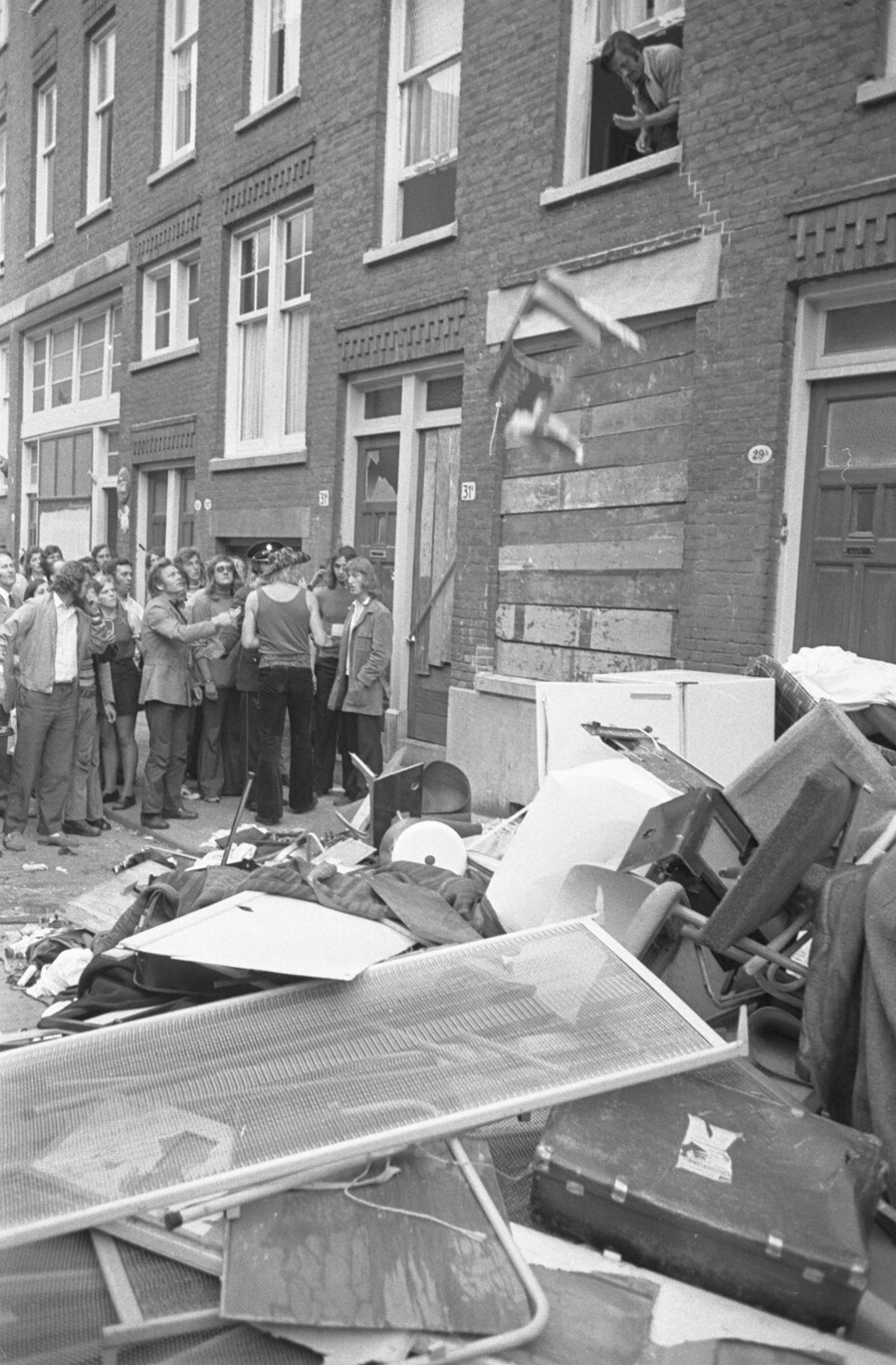

Riots in Afrikaanderwijk, Rotterdam, 1972. Local residents throw household goods belonging to Turkish guest workers out onto the street. Source: Municipality of Rotterdam (Rotterdam Stadsarchief). Photo: Ary (A.) Groeneveld.
The 1970s oil crisis in the West was largely caused by colonial interventions in the Middle East and North Africa and resulted in displacement, war, revolutions, and general political precarity in these territories. With the end of the crisis and the stabilization of oil prices, the intensive extraction of European coal mines were rendered unnecessary. This shift in the global handling of fuel altered the landscape and flow of human labor, and coincided with the termination of many guest worker migration programs across Europe. In some countries such as Netherlands and France, Family Reunification Programs were introduced that legalized moving workers’ families to Europe.11 In the Netherlands, the term “guest worker” (gastarbeider) was replaced by “allochtoon,” which means “person from another land.”12 This shift in terminology marks the national(ist) realization that people who came temporarily to work are possibly staying permanently.
A virtual, legal, and ideological difference was thus created between the guest worker subject and the (already) citizen worker subject, not based on workerness but on citizenship and relations to territory.13 The term “allochtoon” has a particularly discriminatory and racist aspect: as the “guest worker” stays and become someone “not born here,” their labor becomes removed from their subjecthood.14 The removal of labor from subjecthood (and from the national imaginary) marks an exclusionary relation to land, racializing the migrant worker subject while nationalizing the working class.
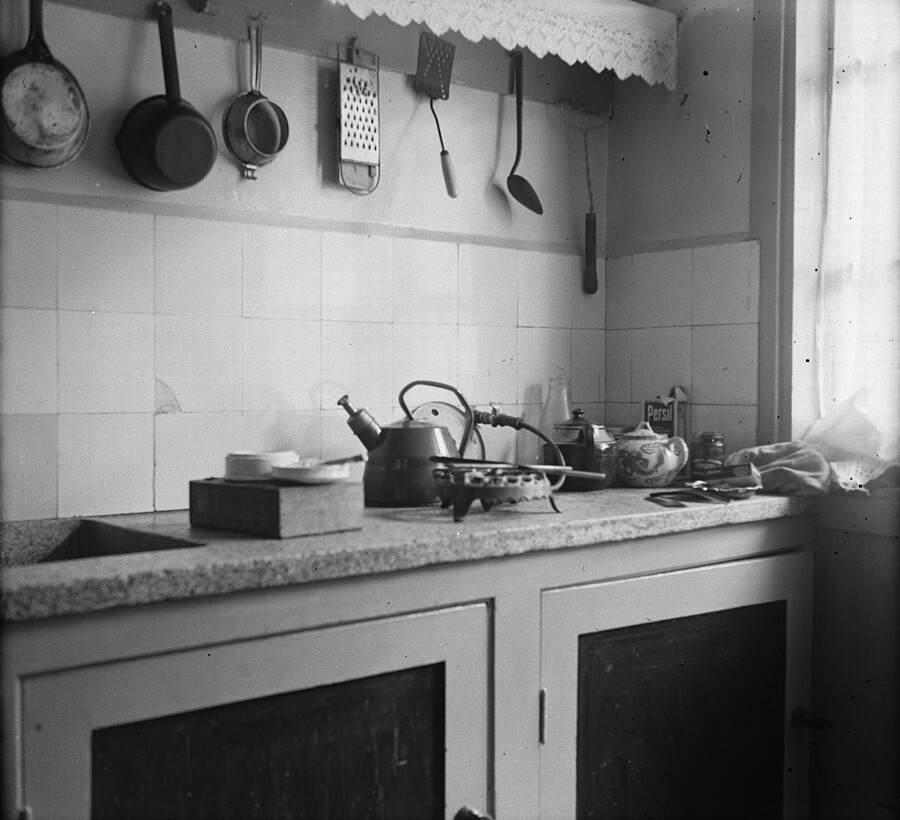

The kitchen interior of a house in Mercatorstraat 42, Amsterdam, during 1933 rent strikes. Source: Amsterdam City Archives, Photo: Nico Swaager.
3. Displacement, Gentrification, Evictability
Temporariness or a lack of permanent status can be understood through the concept of eviction. Eviction constitutes a precarized relation to land that comes from colonial frameworks and histories.15 Citizenship as a framework of relating individuals to nation states, and by extension, to land, is used as an instrument of precarization and eviction, as well. This applies to the “illegal” migrant, the asylum seeker, the legal migrant who might get deported, the Palestinian right of return, people in forced political exile, temporary citizenships via visas, etc. This precarization can take many different forms, with citizenship as an instrument at its core. The (un)foreseeable possibility of being evicted is one that could be considered in relation to a more fundamental condition of “evictability.”16 For “eviction,” according to Huub van Baar, Brenna Bhandar, and Martina Tazzioli, “is also never just spatial.”17
As a mechanism of eviction, gentrification has precarized marginalized and working class bodies since the early twentieth century. As a response to the Great Depression, for instance, and the increased possibility of being evicted resulting from unemployment and reduced industrial productivity, the working class in many European cities organized a series of collective rent strikes. In the Netherlands, the collective refusal of rent increases were systematized and structured through Central Advisory Councils and collective neighborhood-initiated strike funds, which allowed the strikes to span over multiple years. As a result, regulatory frameworks were devised to protect the rights of tenants. Despite the historical differences, the market dynamics and mechanisms of eviction then are strikingly similar to those of today:
We went on a rent strike because we couldn’t afford the rent. I mean: we all had to move out of our old houses, they were being renovated. And then you come back, and you have to pay two hundred guilders more.18
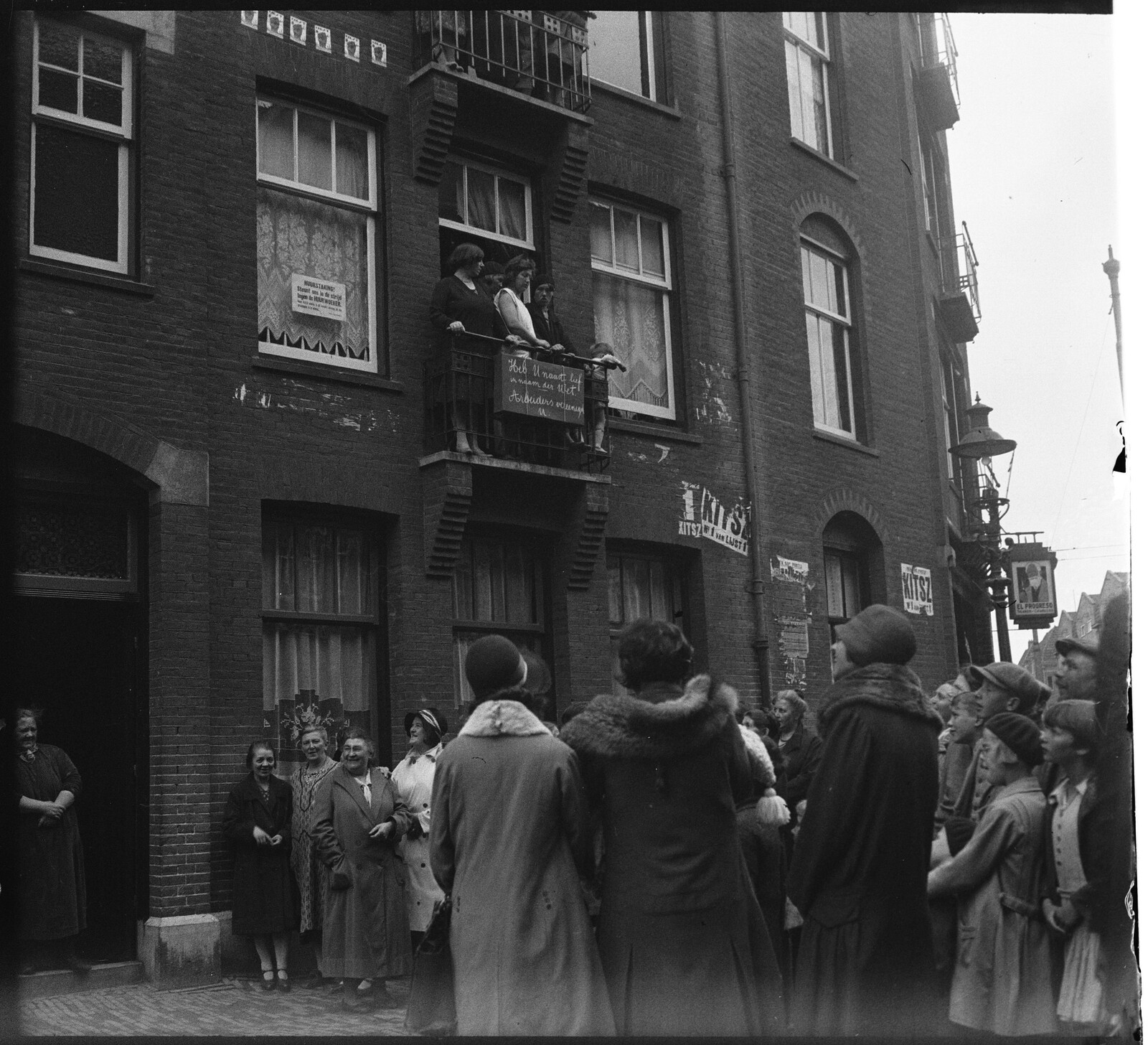
Nova Zemblastraat, corner Spaarndammerstraat, Amsterdam, during the 1935 rent strike actions. Source: Amsterdam City Archive. Photo: Nico Swaager.
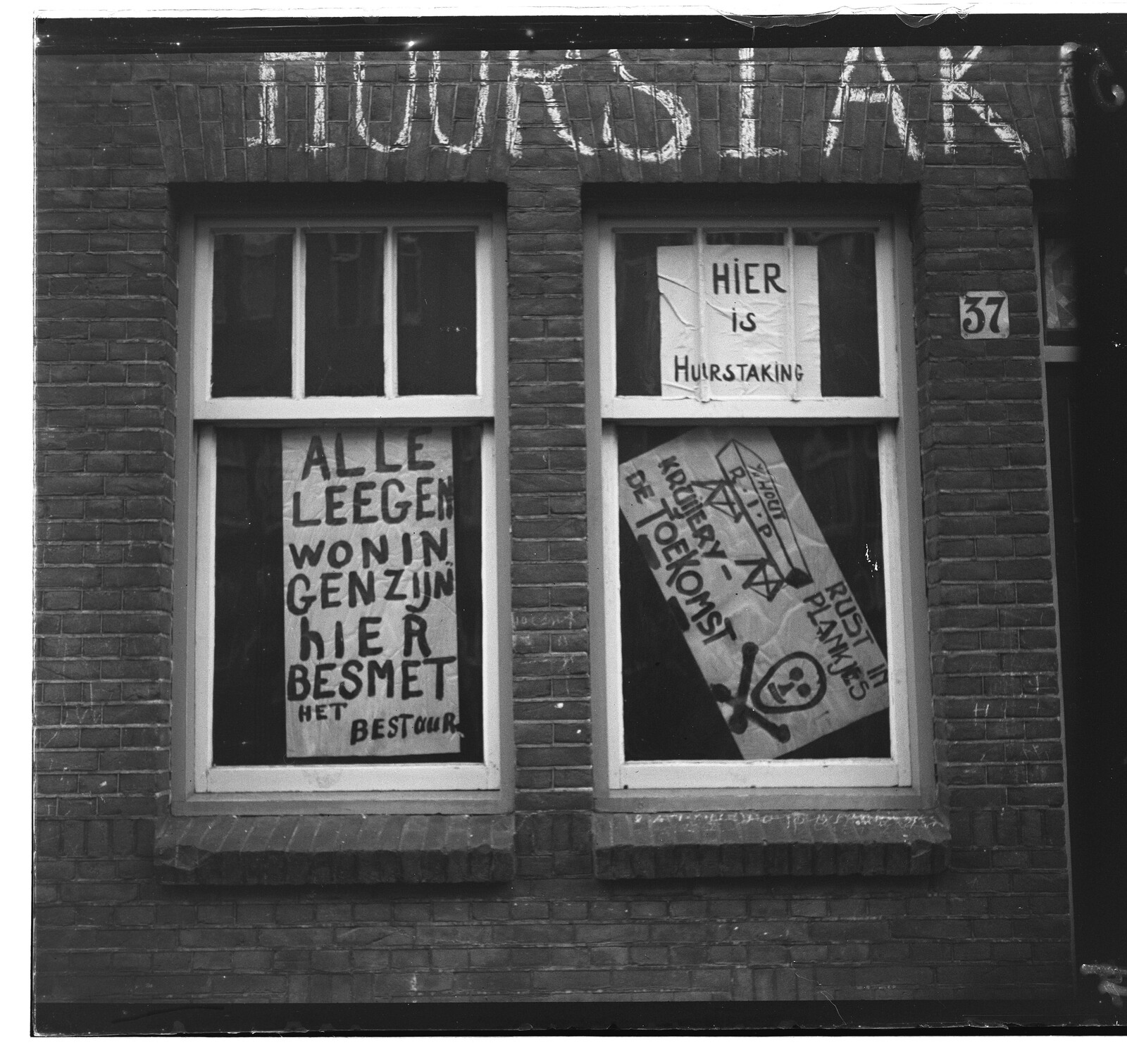
A house in Schaepmanstraat, Amsterdam, during 1932 rent strike; bills with inscriptions in front of the windows reading “Here is Rent Strike” and “All empty houses are contaminated here.” Source: Amsterdam City Archives, 5293FO000690. Photo: Nico Swaager.
Nova Zemblastraat, corner Spaarndammerstraat, Amsterdam, during the 1935 rent strike actions. Source: Amsterdam City Archive. Photo: Nico Swaager.
The labor of striking was performed largely by those who spent most of their time at home: women, elderly, and the unemployed. Dutch Association of Housewives, for instance, considered women to be key “stakeholders” in the problem of housing. The strikers labored to insist that it had to be “food first, rent second.”19 While contemporaneous with each other, there is a meaningful shift in agency between the stay-at-home subject in Mart Stam’s timetable and the striker that resists eviction. Here, the ones advocating for their rights are ones at home, while the traditional figure of the worker is outside of political action. Striking, or refusing to move, to be displaced, is a collective labor that can resist the process of displacement. A rent strike is the collective labor of becoming as heavy as stone.
Precarity is a defining feature of contemporary forms of work. Even fixed-employment contracts are structured based on the mechanisms of the gig economy. Relations to land have also become increasingly precarized, as workers live life awaiting eviction, being displaced from houses, neighborhoods, or citizenships. Evictability has become a condition of living.20 Precarious lives today are not only based on precarization of labor, but on an insecurity that infiltrates the whole of existence, the whole body.21 The labor it takes to deal with the psycho-temporal dimensions of waiting, or resisting eviction is far above the wages one receives.22
4. The Labor of Subsiding
Processes of precarization place “insecurity” as the central concern of the subject who has to live with the unforeseeable, with contingency.23 As evictability becomes a condition of forms of life, eviction is the labor of moving for the displaced body. Displacements from citizenship, geopolitical borders, and the thick barrier of visa regimes weigh differently on the body. To carry one’s body to a new home, to migrate, even when comfort is imagined prospectively, is hard work. Migration is work; the labor of negotiating a relation to land and citizenship. Yet this labor, extracted over a period of many years, even a lifetime, takes place in the perpetual presence of evictability.
Work validates one’s being-here. Here, where there is capital accumulated from the working of other bodies. Being able to work can be a privilege that creates a pathway into fortified forms of comfort. Working is also nesting, a way to anchor, to refuse to be moved. Many times, this means to extend and expand one’s body to other bodies. To create a collective body through networks of kin, to be able to collectively weigh heavy, to resist displacement, to become space.
Do not tell me to work less.
Working for me is the basis of me being here. Me being here and writing this, is directly dependent on me working. And I am thinking about an understanding of “being here” that is administrational. That implies an access granted. A being-here which is defined in relation to everyone else’s other forms of being-heres.
I talk about a being-here that is fragile and needs to be maintained, regularly, that needs to be evaluated, regularly, to be “allowed” regularly. I am thinking of forms of being-here that are conceptualized on the back of citizenship. Being-heres that get evaluated based on measures that “working” can supplement and assure.
It is also a being-here that means not being “there.” Or perhaps, being in two places at the same time. A being-here that is also in the frame of a constant being away (and maybe “getting away”). A being-here that is a privilege, but also feels like a big fat compromise. A being-here that is regular, but also a heavy investment. A being-here which when writing about I cannot help but weep.
*
Do not tell me to work less. My working is the basis of my being-here. I understand that me being exhausted can be frustrating. That I do not have to do this much work, and be exhausted all the time.
But no. I do.
I live a life of maintaining my being-here. Do not tell me to work less. Or that I need to rest more. Do not tell me that I need to manage my time better, or that I do not understand that working is not all there is to life. I work so hard because I cannot afford not to. I work so hard to make space for myself and for the people I love around me to also be-here. To extend beyond myself and the space I inhabit, to make a bit more space for my peoples to inhabit that space together with me.
*
Do you know a life that is fragmented into many many different pieces? My being extends across so many cities, institutions, buildings, countries, borders. My body is fragmented into multitudes. My bodies are laying across lands, laying on hot soils, and on dried pomegranates that fell from the trees. My bodies are hanging over barbed wire fences and standing in lines at the airport, or maybe outside of it. My bodies are hanging out at the museum entrance, are laying on the rocky mountain foot. My bodies are one. And my one body augments so it can remain being-here.
*
I am talking about a being-here that is being right at the door of the fort trying to get in it. Constantly. And so when I think about comfort, I think about these forts that keep some of us working hard. And I am thinking about the comfort created by fortified citizenships (I guess all citizenship is fortified?). When I think of comfort, I think about being-here in a fortified geography and also in endless abstract fortified territories. When I think about comfort, I think about trying to get in. When I think about comfort I think about compromise; and working so hard to a point of exhaustion.
*
The work of maintaining being-here is separate from the work of providing for the maintenance of being-here.
The work of providing for the maintenance of being-here is separate from the work of providing for survival.
The work of providing for survival is different from the work of maintaining being-here.
The work of maintaining being-here is separate from the work of providing for the maintaining being-here.
The work of providing for the maintenance of being-here is separate from the work of providing for survival.
The work of providing for survival is different from the work of maintaining being-here.24
Herinneringen van Dr. Aletta H. Jacobs, 1924. Translation by
Philanthropic projects and attempts, like ones in Jordaan street in Amsterdam to provide hygienic housing for the poor proved to be too expensive, and thus failed. An example is projects by Dutch architect Jan Ernst van der Pek. These philanthropic attempts were initiated in the elite class including the ones by suffragettes. And among them, a majority were funded by wealth accumulated from colonial trade.
One angle through which the working class house was conceptualized was the absence of the figure of the maid, which altered the distribution of domestic labor. This is evident, for instance, in correspondence among architects, and in their published writing such as in Sigfried Giedion, Mechanization Takes Command (1948).
Mart Stam, “I. Het vraagstuk der arbeiderswoning in verband met de steeds veranderende grootte der gezinnen,” Goedkope Arbeidswoningen, ed. F.M.A. Ottenhof (1936), 22.
Ibid.
In thinking borders, we are vastly indebted to the writings of Sandi Hilal, Alessandro Petti, and Shahram Khosravi.
Harsha Walia, Border and Rule: Global migration, capitalism, and the rise of racist nationalism (Haymarket Books, 2021), 39–40.
Ibid.
To read more about AKPG and their actions see Nelly Soetens, Gastarbeiders, wat heeft het hun gebracht? (2008).
A lot of these issues still persist, today. Migrant workers are put in different labor pools from the rest of the workers, do not have access to labor protection in many places, and cannot bring their families due to the absence of family reunification visa programs. During the pandemic deportations and migrant worker flights continued even while borders were closed.
In addition, reparations programs were introduced to encourage parts of the worker population to leave and go back.
The problematic term “allochtoon” was coined by politician and sociologist Hilda Verwey-Jonker for the Dutch Ministry of Culture, Recreation and Social Work (Ministerie van Cultuur, Recreatie en Maatschappelijk Werk).
The term “guest worker” is not used in the EU context anymore.
This shift of attention in juridical language from the migration process (the ‘now’) to migrants’ land of birth (the ‘before’) echoes a search for origin that is also to be found in the familiar national(ist) imaginary that compels one to asks where we someone is “really” from or tell them to “go back where they came from”.
Brenna Bhandar. Colonial Lives of Property (Duke University Press, 2018).
Ibid.
Huub van Baar, Brenna Bhandar, and Martina Tazzioli, “Eviction.” In: Nicholas de Genova and Martina Tazzioli, “Minor keywords of political theory: Migration as a critical standpoint A collaborative project of collective writing,” Environment and Planning C: Politics and Space (2021)
Gerard Nijssen, Eerst het eten, dan de huur: armoede huurstaken, toen en nu Voorkant, (1989).
This is the main slogan of strikes in Amsterdam in 1930s.
van Baar, Bhandar, and Tazzioli, “Eviction.”
Isabell Lorey, “Foreword,” State of Insecurity: Government of the Precarious (Verso Books, 2015).
The notion of waiting is elaborated on in Shahram Khosravi’s works. See Shahram Khosravi, Precarious Lives (University of Pennsylvania Press, 2017), and Christine M. Jacobsen, Marry-Anne Karlsen, and Shahram Khosravi, Waiting and the Temporalities of Irregular Migration (Taylor & Francis, 2021).
Ibid.
This is a re-edited version of a text published by Sarmad Platform in collaboration with WORKNOT! as part of the Pocket Book Series project in the exhibition Ficitoning Comfort at MaMA Rotterdam, 2020.
Workplace is a collaboration between e-flux Architecture and the Canadian Centre for Architecture within the context of its year-long research project Catching Up With Life.
